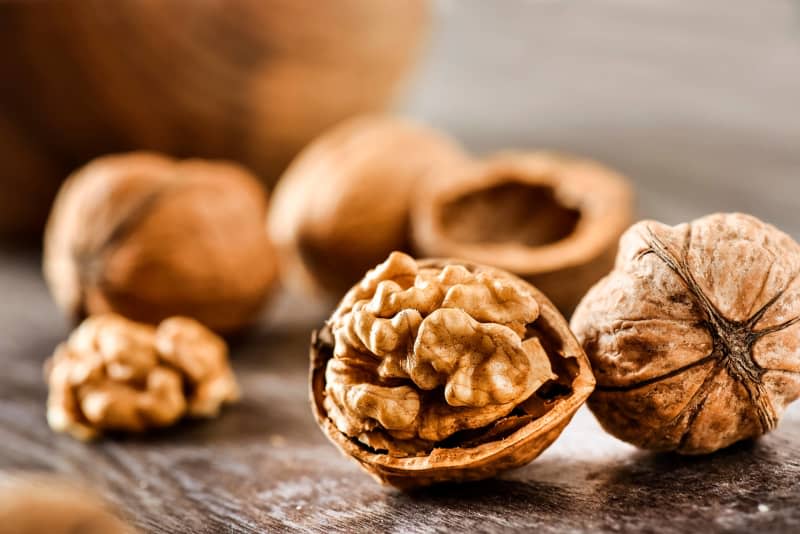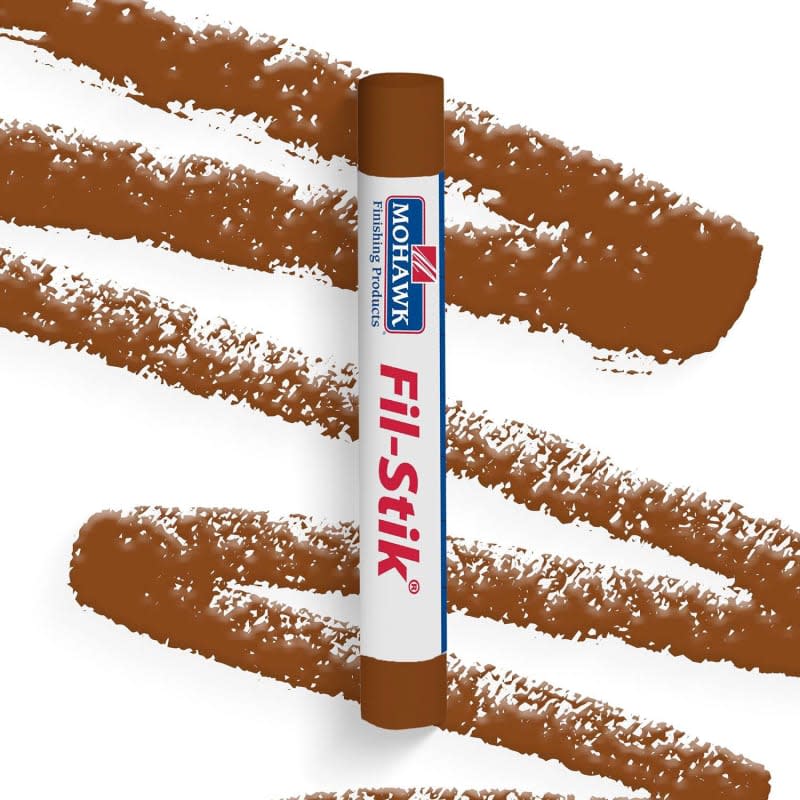The Internet Is Exploding Over This Mind-Blowing “Walnut” Furniture Trick

If you haven’t yet seen or heard of the mind-blowing “walnut trick” making its rounds on social media, buckle up. According to this viral reel by cleaning blogger Kait Schulhof (@acleanbee), “all you need to repair most scratches on a wooden surface” is a walnut and a little elbow grease. If it sounds too good to be true — it might just be.
What Is the Walnut Trick?
In the video, Schulhof uses a walnut to scrub away scratches on a dining room table. The scratches seem to disappear, which she attributes to the oil released from the walnut. Following this sorcery, Schulhof mixes a homemade olive oil- and vinegar-based wood polish and applies it to the table. At the end of the video, the table looks brand-new. Magic, right?
I always have walnuts! I was immediately influenced and on the verge of trying it myself — until I scrolled down to read the comments. Ace Ackerman, a self-described “5th generation furniture restoration expert,” cautions that the effect is only temporary and the oils can actually deteriorate the wood over time, making it “soft enough to scratch off with your fingernail.” Scott Brown of Jackalope Design Co. agrees: “In the same way that [olive oil] will go bad in your pantry, it will go bad in wood! This will likely smell rancid very quickly … food oils are best not used on furniture.”
These comments gave me pause, but I wondered if this could be a case of letting the perfect be the enemy of the good. Will the world end if I try the walnut trick on an IKEA table? Probably not.
What Furniture Experts Think of the Walnut Trick
Just in case, I reached out to Piper Stewart and Julia Martin, DIY furniture upcyclers of Fig + Fern, to get their take on the hack. They confirm that the hack isn’t ideal. “While walnut oils can certainly darken some small spots, the scratch is really still there,” they say. Worse, “the fats from the nut can actually be known to make the lacquer crack down over time.”
I also contacted furniture restoration expert Ciera Booz-Richwine of Restore Reimagined, who made an excellent point I hadn’t considered: “If you plan on selling the piece, there are many people who have nut allergies, and a simple ‘hack’ can unfortunately be deadly to someone else.” Since many things I own eventually make their way to Facebook’s Buy Nothing pages, and plenty of my fellow Portlanders have allergies, I officially hit the brakes on this hack.
Alternatives to the Walnut Trick
If you’re looking for a quick but safer fix, Stewart and Martin suggest trying furniture fill sticks and toner sprays. They “blend better and actually lift the scratches,” and come in over 50 unique shades, so you’re sure to find one that fits your table. Another hack they recommend for light scratches is steaming: Place a damp towel over table scratches and run an iron quickly over the top, being careful not to burn the towel.
Mohawk Fill Stik
After talking to the experts, I’ve given up on the walnut trick, but it’s nice to know I don’t have to choose between the hack and a professional refinish. I’ve added the Mohawk filler stick and toner spray to my Amazon cart, and I’m saving my walnuts for Dolly Parton’s legendary pie instead.
Buy: MOHAWK Fill Stick, $7.15


